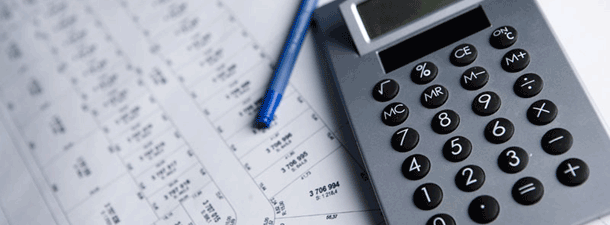Feed-in Tariffs rates will fall to 21p for installations from 3rd March 2012, the government has announced.
The Feed-in Tariff (FiT) was introduced in the government scheme when solar panel owners can sell their surplus electricity back to the National Grid.
The announcement follows a recent attempt to cut FITs – paid to people who generate their own green or renewable energy – to 21p from December 10th.
The cut will now come into place from the 1st of April, impacting installations made from the 3rd of March onwards
Solar panels installed from the 1st of April will be required to produce an Energy Performance Certificate rating of ‘D’ or above to qualify for a full FIT.
What does this mean?
You can earn a significant amount of money from the energy you generate. For example, when the new 21p rate comes into effect:
– An average household uses around 4,500kWh of electricity a year, costing about £585.
– A system with 12 solar panels will generate 2960kWhs of electricity per year. This means that the average household will use 37.5% of the electricity the panels generate.
– The average household will use 1110kWh of electricity from their panels, meaning they buy 33.64% less electricity and make a saving of £176.93.
– By signing up to the Feed-in Tariff, you will earn 21p for every unit of electricity generated (£621.60), plus 0.03p for every unit sold back to the Grid (£55.50p) meaning total Feed-in tariff earnings of £677.10. For solar panels installed up to the 3rd of March these
– By adding together the savings on electricity and the earnings on the Feed-in tariff, you get a total saving of £854.03.
– Over the 25 year lifetime of the solar panels, this means total income of £21,350.68.



















